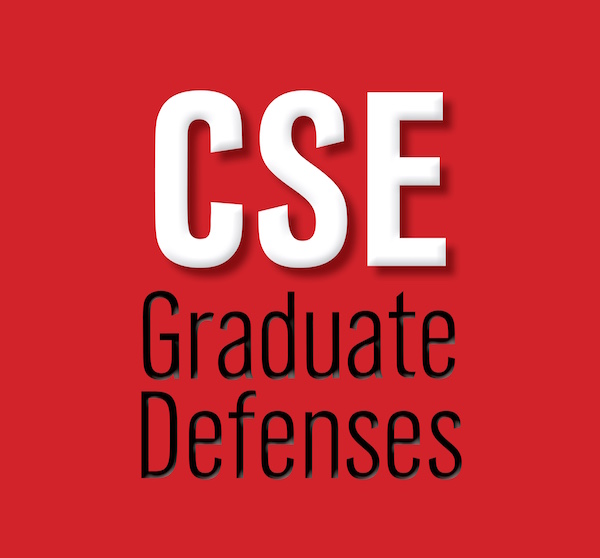
Dissertation Defense: "Feature Extraction and Parallel Visualization for Large-Scale Scientific Data"
Lina Yu
Committee Members: Dr. Hongfeng Yu (Advisor)
Dr. Ashok Samal, Dr. David Swanson, and Dr. Jun Wang
Thursday, September 14, 2017, 12:50 p.m.
112 Schorr Center
Abstract:
Advanced computing and sensing technologies enable scientists to study natural and physical phenomena with unprecedented precision, resulting in an explosive growth of data. The unprecedented amounts of data generated from large scientific simulations impose a grand challenge in data analytics and visualization due to the fact that data are too massive for transferring, storing, and processing.
This dissertation makes the first contribution to the design of novel transfer functions and application-aware data replacement policy to facilitate feature classification on highly parallel distributed systems. We design novel transfer functions that advance the classification of continuously changed volume data by combining the advantages of the existing boundary-based and structure-based methods to enhance the feature classification. Another task of this research is to optimize I/O performance. We present an application-aware I/O optimization technique in support of interactive large-scale scientific visualization. We partition a scientific data into blocks, and carefully place data blocks in a memory hierarchy according to a characterization of data access patterns of user visualization operations. We also study scientific data analytics on heterogeneous architectures. We introduce Legion which is a new programming model and runtime system targeting distributed heterogeneous architectures. We describe how to leverage logical regions to express important properties of program data, such as locality and independence, for scientific data analytics that can consist of multiple operations with different data types. Our approach can help users simplify programming on the data partition, data organization, and data movement for distributed-memory heterogeneous architectures. The last contribution of this research is to solve the efficient analysis and visualization of Big Earth Data represented in different data models, which is one of the greatest challenges for today's Earth Science (ES) research community. We design new architecture of scalable visual analytics to address big-earth-data variety challenge and enhance the performance with different data access patterns. A high-level query interface is designed to allow users to easily express their customized queries to search features of interest across multiple heterogeneous datasets. Scientists can combine the query and visualization interfaces to enable a customized workflow facilitating studies using heterogeneous geoscience datasets.